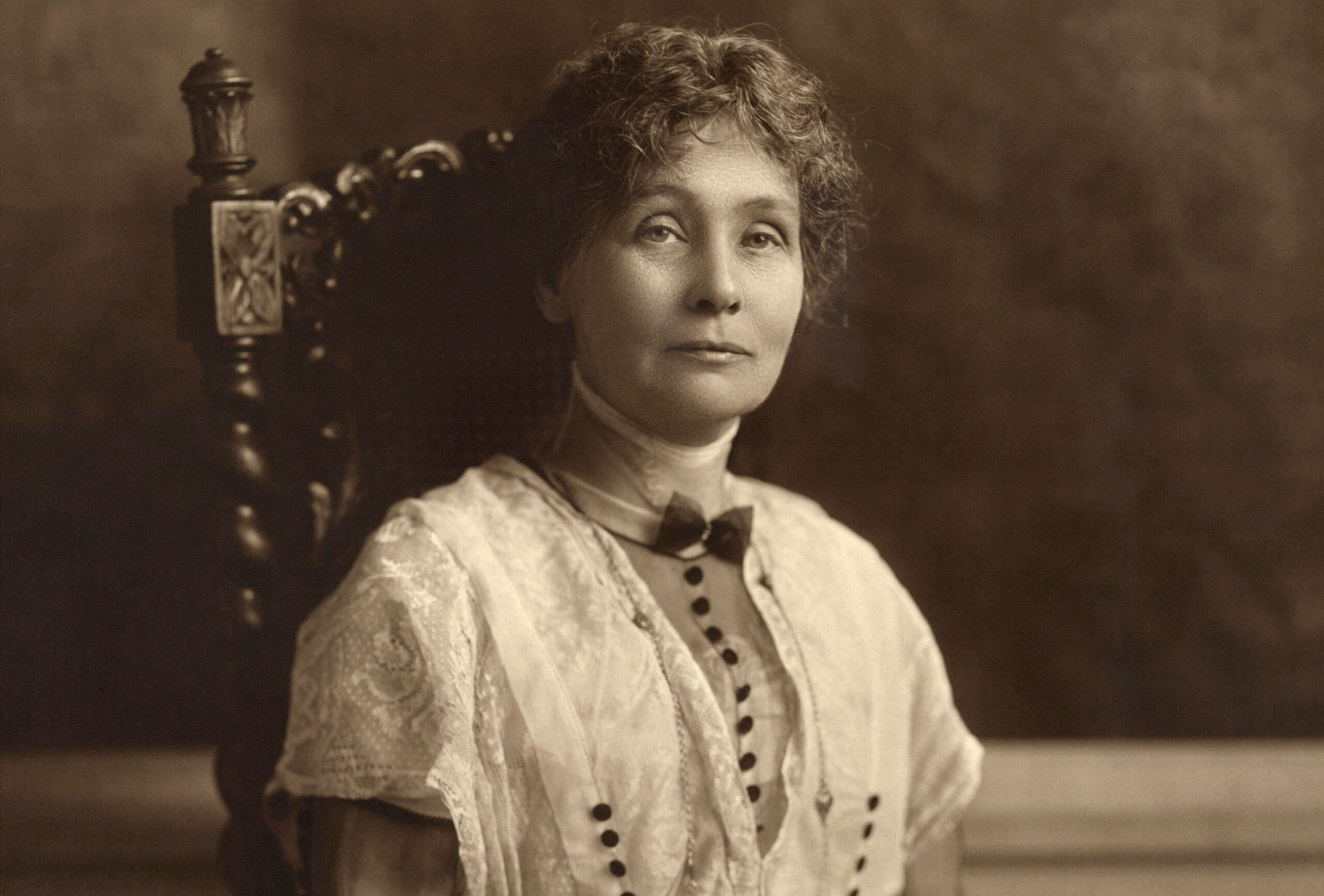A Clean Energy Future
- February 22, 2020
- P7: Clean Energy
- Tags: wind, clean energy, power, electricity, Water, solar, hydro
The United Nations Decade of Sustainable Energy for All (2014-2024) offered a unique opportunity to effectively move the world towards sustainable energy for all. Energy is linked to most global challenges and successes.
Access to energy sources drives development in industrialised and emerging economies. Energy makes fighting poverty, increasing food production, providing clean water, improving public health, enhancing education, addressing climate change, creating economic opportunity and empowering youth and women much more likely.
In 2020 there are approximately three billion people who are exposed to dangerous levels of air pollution when they cook food using wood, or coal, or any other source of energy that isn’t clean. Additionally, around one billion people don’t have electricity and half of them are in Sub-Saharan Africa.
The “energy-poor” suffer. Cooking or working in buildings that don’t have good enough ventilation kills nearly four million people a year, most of them women and children. They struggle to make a living, struggle to look after their health, struggle to stay in education.
The world needs to triple its investment in sustainable energy every year, from around $400 billion now to $1.25 trillion by 2030. Regions like sub-Saharan Africa and South Asia need the most investment. They need to push harder to find clean, efficient, and affordable sources of energy.
Countries can invest in renewable energy resources and adopting clean energy technologies and infrastructure. Businesses can commit to sourcing 100% of operational electricity needs from renewable sources. Modern renewable power generation is expanding rapidly, but much greater efforts will be required in end-uses. Solar and wind energy is now cost-competitive with conventional power generation sources in many places, making them account for over half of annual global power capacity additions in recent years.
SDG 7 remains within reach. The good news is that advances in technologies, rapid cost declines, new policies and business models are accelerating the transformation of the energy systems in many places and bringing this goal within reach.
To leave no one behind, we must build on this momentum of greater political will and cooperation, and higher levels of public and private investment in a sustainable energy future.
Meanwhile, you can save energy too. Choose the train for travel over a car or aeroplane. Plugging appliances into a power strip and turning them off completely when not in use, saves electricity. You can also bike, walk or take public transport to reduce carbon emissions. But mostly be aware of how you use the available energy in your home, if you are lucky enough to have it.





© Copyrights 2024 All Rights Reserved. 17Promises




